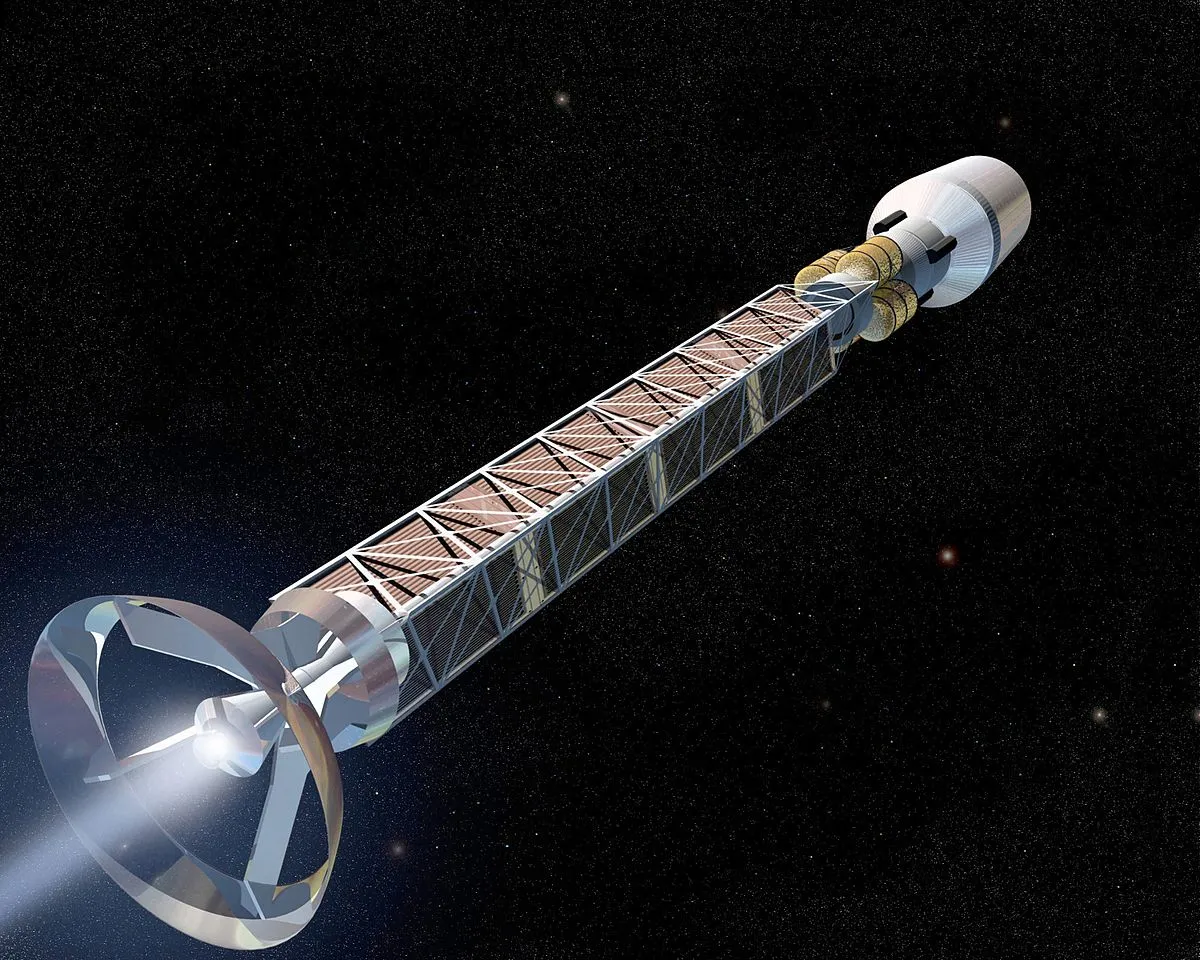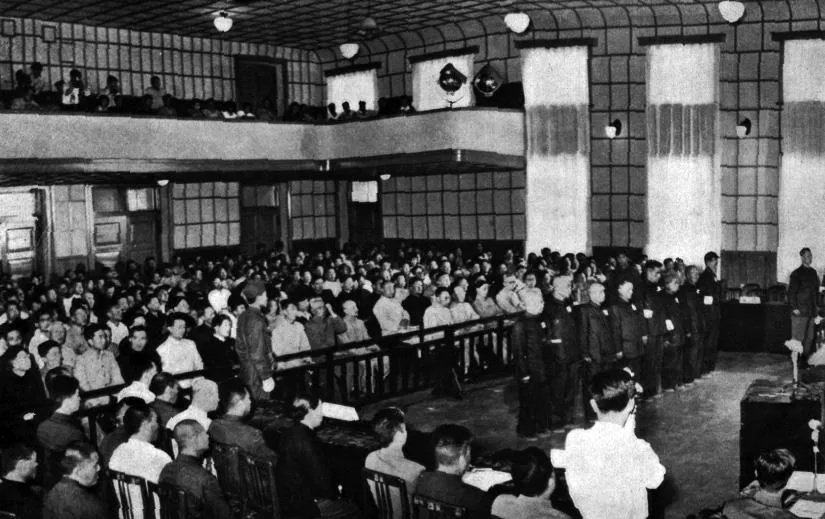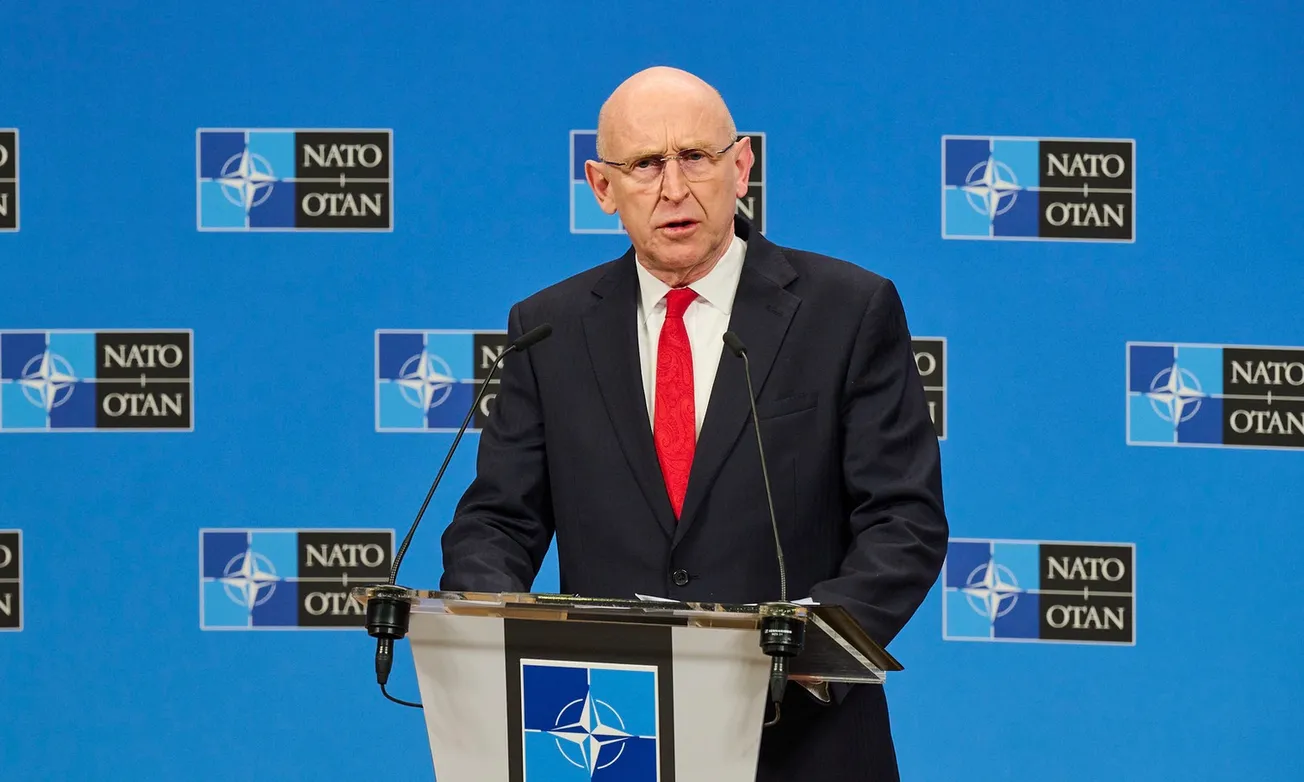by Ned Rosinsky, M.D.
Introduction
Nov. 3—This is the fourth part of a four-part series on fundamentals of fusion and plasmas. Part I appeared in EIR Vol. 51, Number 33, Aug. 23, 2024, and reviewed the basic units of mass, length, time, force, work, and energy. There was also an introduction to electricity and magnetism, including a discussion of the electromagnet. Part II appeared in EIR Vol. 51 Number 37, Sept. 20, 2024, and reviewed the use of electric currents, electric fields, and magnetic fields in the creation of vortex filaments, as a magnetic bottle to contain plasma in a fusion machine. Part III appeared in EIR Vol 51, Number 41, Oct 18, 2024, and reviewed the creation of vortex rings, as an alternative magnetic bottle.
Fusion involves the combination, or “fusing,” of the nuclei of atoms of relatively light elements such as hydrogen or helium with each other, to produce enormous amounts of energy. The energy is produced when two small atomic nuclei combine to make a larger nucleus, and the mass of the new nucleus and other possible byproducts is slightly less than the initial mass of the two nuclei which fuse. If the energy is measured in joules and the mass in kilograms, then the energy produced is 90 million billion times the change in mass, which is the square of the speed of light in meters per second. The raw materials for many types of fusion are available and low cost. The major problem is to bring nuclei together close enough and long enough for them to fuse. Atomic nuclei are positively charged, and positive charges repel each other.
The solution is to heat the fuel to high enough temperatures where some of the electrons separate from the atoms, leaving the positively charged ions, or bare nuclei—a state of matter called a plasma. Under these conditions the nuclei are moving rapidly and they will crash into each other, and in some cases fuse. The temperatures required are 100 million degrees Centigrade or higher, and this heat would destroy any ordinary solid container. But there are two possibilities for containment. First, a small pellet containing the fuel can be rapidly vaporized using lasers on all sides, causing the fuel to recoil suddenly into a small volume, heat up, and fuse. This was done recently at Lawrence Livermore National Laboratories, which was the first time that a fusion experiment “broke even”—produced more energy than was put in. Second, magnetic fields can be arranged to contain the fuel at high temperatures without the fuel touching the walls of the container; this is called a magnetic bottle.
Advantages of the Princeton Rocket Engine
This article focuses on a particular magnetic bottle, a toroid-shaped magnetic field that contains a plasma in a stable condition, so that it can be heated to fusion temperatures. The Princeton Rocket Engine is being developed at Princeton Fusion Systems at Princeton University, and is described as a Field-Reversed Configuration because of the shape of the magnetic bottle and the contained plasma.
There are several advantages of the Princeton Rocket Engine, compared to other machines. It does not use neutral particles for heating, but relies on radio-frequency magnetic fields, which are safer for humans. It runs at a temperature high enough so that it can use fuels that do not produce neutrons, so it needs a much thinner and lighter shield, decreasing the weight for use in rockets. It is simpler in design, smaller, cheaper, and lighter than tokamaks, so five engines can be mounted on the same rocket, supplying redundancy in case of the failure of one or even two engines. Because smaller and lighter than other machines, it can be moved easily on a military HEMT truck for use on Earth in times of disaster or emergencies.
The development of the Princeton Rocket Engine is planned in 4 stages: PFRC-1, PFRC-2, PFRC-3 and PFRC-4. The current machine is the PFRC-2.

Magnetic bottles confine plasmas by causing the particles of plasma to move in circles or spirals, so they rotate within a confined area while they are being heated to fusion temperatures. These magnetic bottles are frequently shaped like a torus (Figure 1). The word “torus” refers to the surface of a shape which resembles a doughnut. Direction on the torus-shaped surface is described as “toroidal” for the long way around, and “poloidal” for the short way around, which is through the hole in the middle. The torus has a central axis which goes through the hole, perpendicular to the toroidal circular direction.










